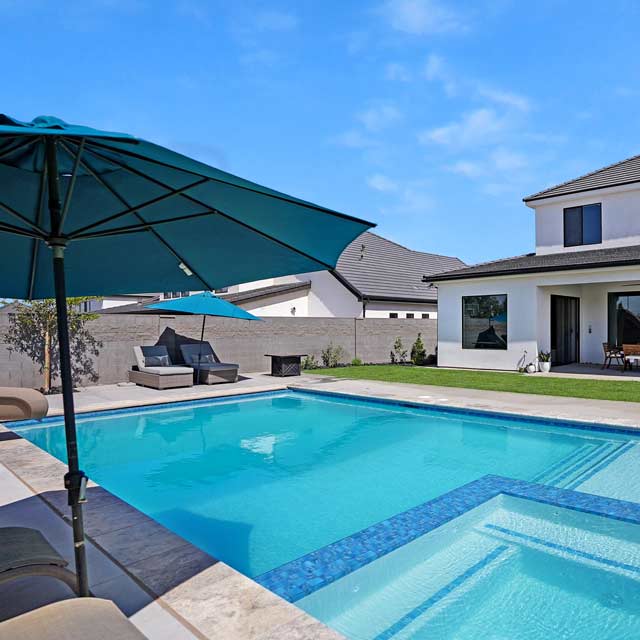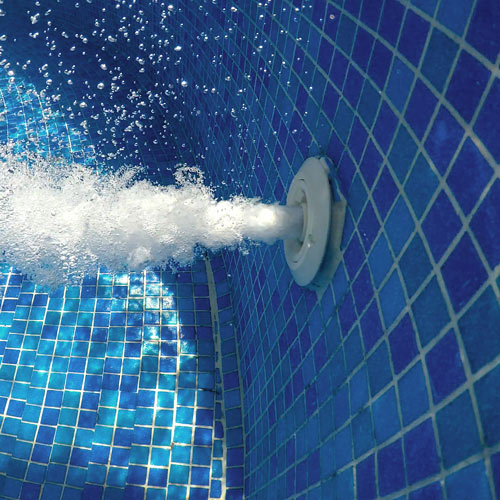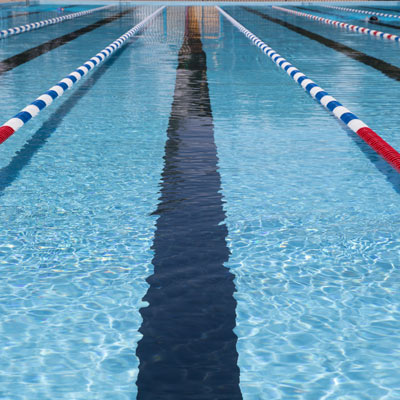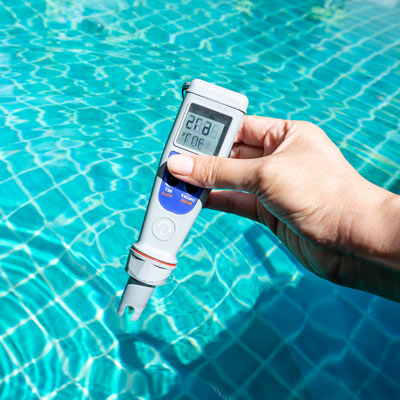Prepare Your Pool for Summer
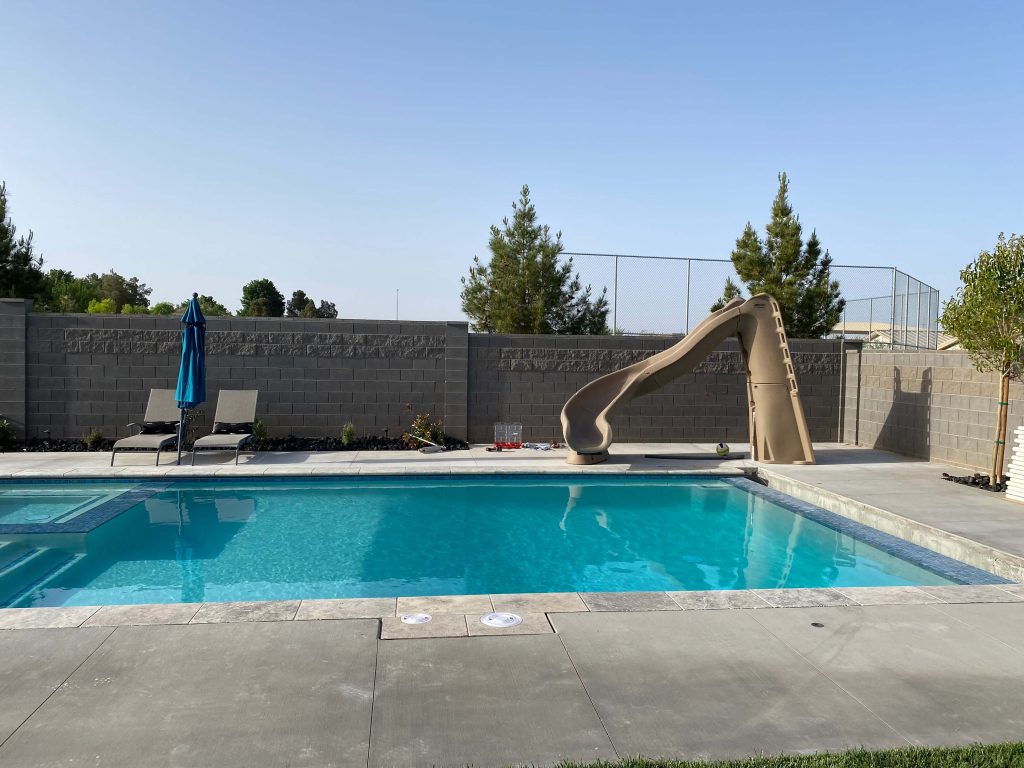
It’s summertime in Southern Utah and the weather is starting to get warm and its now time to open your pool, and that means adding pool chemicals to the water. Correctly opening your pool now means you will help prevent algae and cloudy water later.
Don’t add chemicals just yet
Before you add any chemicals to your pool, make sure that you’ve completed these pool opening steps. One, remove the cover, drain plugs, winterization plugs, and ice compensators. Two, inspect the pool filter system, pumps, return line, and other areas for damage. Three, refill your pool with water so that the water level is midway up the skimmer. Four, clean up leaves and debris with a skimmer net. And five, turn on the filter and let it run for 12 to 24 hours to circulate the water.
Testing the Water
Now, it’s time to test your water. You won’t know what chemicals to add if you don’t know what your water chemistry looks like. Test strips are a quick and easy way to test your levels, but you may want to run a water sample over to your local pool supply store. This will give you a more accurate baseline, and they can test for other things like metals in your water.
Now, when you test your water, you’ll want to test for the following levels: pH, which should be between 7.4 to 7.6, with 7.5 being ideal, and total alkalinity, which should be between 100 and 150 parts per million, with 125 parts per million being ideal, free available chlorine, which should be between one to three parts per million, with three parts per million being ideal, cyanuric acid, or CYA, which should be between 30 and 50 parts per million, with 50 parts per million being ideal, and your calcium harness, which should be between 175 and 225 parts per million for vinyl liners or fiberglass pools or 200 and 275 parts per million for concrete or plaster pools.
Once you know what needs adjusting, it’s time to start balancing your water with the right chemicals. Now, you may have seen pool opening or pool start up chemical kits. Depending on your water test results, you may not need everything that kit comes with, such as algicide or a metal sequestering.
So regardless of whether or not you buy a startup kit, you’ll want to have the following chemicals for opening your pool and maintaining your pool throughout the season: alkalinity increaser, pH increaser, pH decreaser, cyanuric acid, also known as CYA or chlorine stabilizer, pool shock, chlorine pucks or the sanitizer of your choice, and calcium hardness increaser. And as always, when adding chemicals, be sure to have protective gear like gloves and goggles. Remember, safety first.
Balancing the Pool Water
Now, it’s time to start balancing your water. Here’s the order we recommend adjusting your water chemistry. First, you want to adjust your alkalinity. Alkalinity helps buffer and prevent fluctuations with pH. So we want to adjust these levels first. If you need to raise your alkalinity, you can use an alkalinity increaser or baking soda. If you add an alkalinity increaser, you may also raise your pH.
Next, you want to adjust your pH if necessary. You can lower your pH with a pH decreaser, or if you need to raise your pH, you can use a pH increaser or soda ash.
After you adjust your pH, adjust your cyanuric acid or CYA levels if needed. This helps to stabilize the sanitizer you’ll add later to your pool. Wait an hour or so with the filter system running and then retest and adjust these levels before adding any more chemicals.
Next, we’re going to be shocking the pool. Now, before you shock, give your pool a good brushing. If your pool water is cloudy, you’ll want to double shock your pool. And that means adding two pounds of chlorine shock for every 10,000 gallons of water..
After your chlorine level has come down to the proper range, add your chlorine or sanitizer. We recommend adding chlorine pucks or tablets to a chlorinator or directly to your skimmer.
Finally, adjust your calcium hardness levels. Low levels of calcium hardness can do damage in the long run, like eroding parts in your pool. So you can actually wait until the water is sanitized and balanced before adjusting your calcium hardness.
Conclusion
These are all the steps necessary to open your pool for the swimming season. If you open your pool cover and have really green water you will need to treat the pool for algae and you can read our other articles on how to handle green water.
OUR QUOTE PROCESS
Get started with your pool or spa project in Three Easy Steps!
Schedule a Call
Either give us a call at 435-705-7566 or fill out the form below for a complimentary consultation.
On-Site Design
We’ll work around your schedule, sending our Utah-based custom inground pool designers to make an assessment.
Transparent Quote
Once we understand your project goals and visit your premises, we’ll determine an accurate quote for your custom pool or spa.
Simply fill out the form and a member of our dedicated support team will be in touch.
(We respect your privacy)

